Detour #313: Retracing Roy Salvadori and Carroll Shelby’s Road to Le Mans, France
Photo Aston Martin
Salvadori and Shelby set course for Le Mans in 1959. Rory FH Smith follows their road to victory.
It’s a little-known detail that before Roy Salvadori and Carroll Shelby’s legendary victory at Le Mans in 1959, the pair drove themselves out to the race in an Aston Martin DB MKIII. Humble, you might think, but this was long before racing drivers were global celebrities, confined to private jets and chauffeured cars.
The exact details of their journey are scant but, given there was only one autoroute in France in 1959 – the A13 linking Paris and Normandy – the chances are they’d have taken the sleepy backroads between Calais to Le Mans, which is exactly what I choose to do on my way to witness Aston’s return to top-level Le Mans competition in 2025.
Setting off from the quintessentially British surrounds of Beaverbrook in the Surrey hills, the former home of Lord Beaverbrook is the perfect backdrop to our convoy of Aston’s current crop of road cars.
Photo Aston Martin
The roads from Surrey to the Eurotunnel at Folkstone are rather less exotic, so I crack on behind the wheel of a Vantage Roadster and make for the French boarder. While Salvadori and Shelby didn’t have the luxury of a swift, underground train to cross the channel, there’s something oh-so magical about loading a car onto a railway carriage and emerging in another country.
Once across the Strait of Dover, the A16 Autoroute to Abbeville is the most effective way of clearing a chunk of Northern France, before venturing further inland on the A28 towards Rouen. At this point, the majority of the Le Mans traffic will carry on down the mobile speed camera-ridden A28, as the fastest way to the historic race circuit, but I branch off north, on the A29 to Le Havre.
After roughly three hours of solid progress on the Autoroute, the horizon is pierced by the striking supports of the Pont de Normandie bridge that transports me across the Seine, outside the port of Le Havre. When it opened in 1995, it was the longest cable-stayed bridge in the world and still, it’s a remarkable feat of engineering.
On the other side of the Siene lies the charming, chocolate-box town of Honfluer, which doesn’t appear to have changed much since the wars of the French Revolution. With its timber-framed houses and curious collection of shops nestled around the old harbour, the town became a hotbed for impressionist painters in the late 19th and early 20th century, attracting the likes of Boudin and Monet to its luscious coastline.
Spending a night at fairy tale, timber-clad La Ferme Saint Siméon hotel, overlooking the mouth of the Siene, I hit the road the following morning, careful not to clip a kerb on the way out of Honfleur’s narrow cobbled streets.
Cutting south-west, I pick up a stretch of the longstanding A13, just as Salvadori and Shelby might have done 66 years ago. Skirting Caen, I head south, cutting through France’s sleepy bocage backcountry, which gives way to some magnificent stretches of manicured asphalt on the D23.
Photo Aston Martin
Snaking its way south past fields, forests and farming villages, we seldom see a car on some stretches. Despite a gap of nearly 70 years between ‘my’ Aston and the DB MKIII that Salvadori and Shelby piloted to Le Mans, there’s a moment when I get a sense of the excitement, adventure and interpretation the two Le Mans legends would have felt driving down these road.
I continue cutting directly south towards my destination, bouncing between market towns and villages on the D53 until I get to the spa town of Bagnoles de l'Orne Normandie. Complete with a lake and selection of small shops, cafes and delicatessens, it’s hard to top as a picturesque place to stop and calm the nerves ahead of a frantic weekend at Le Mans.
From there, it’s down the home stretch to Alençon, the capital of France’s Orne region, before I pick the A28 back up – along with much of the Le Mans traffic – and take the final 40 minutes to the Circuit la Sarthe.
While my arrival into Le Mans might be a little less significant than when Salvadori and Shelby pulled up here in 1959, there’s something special about this annual motorsport pilgrimage. Just make sure you take the route less travelled, and follow in the footsteps of all-time Le Mans legends.
Words Rory FH Smith

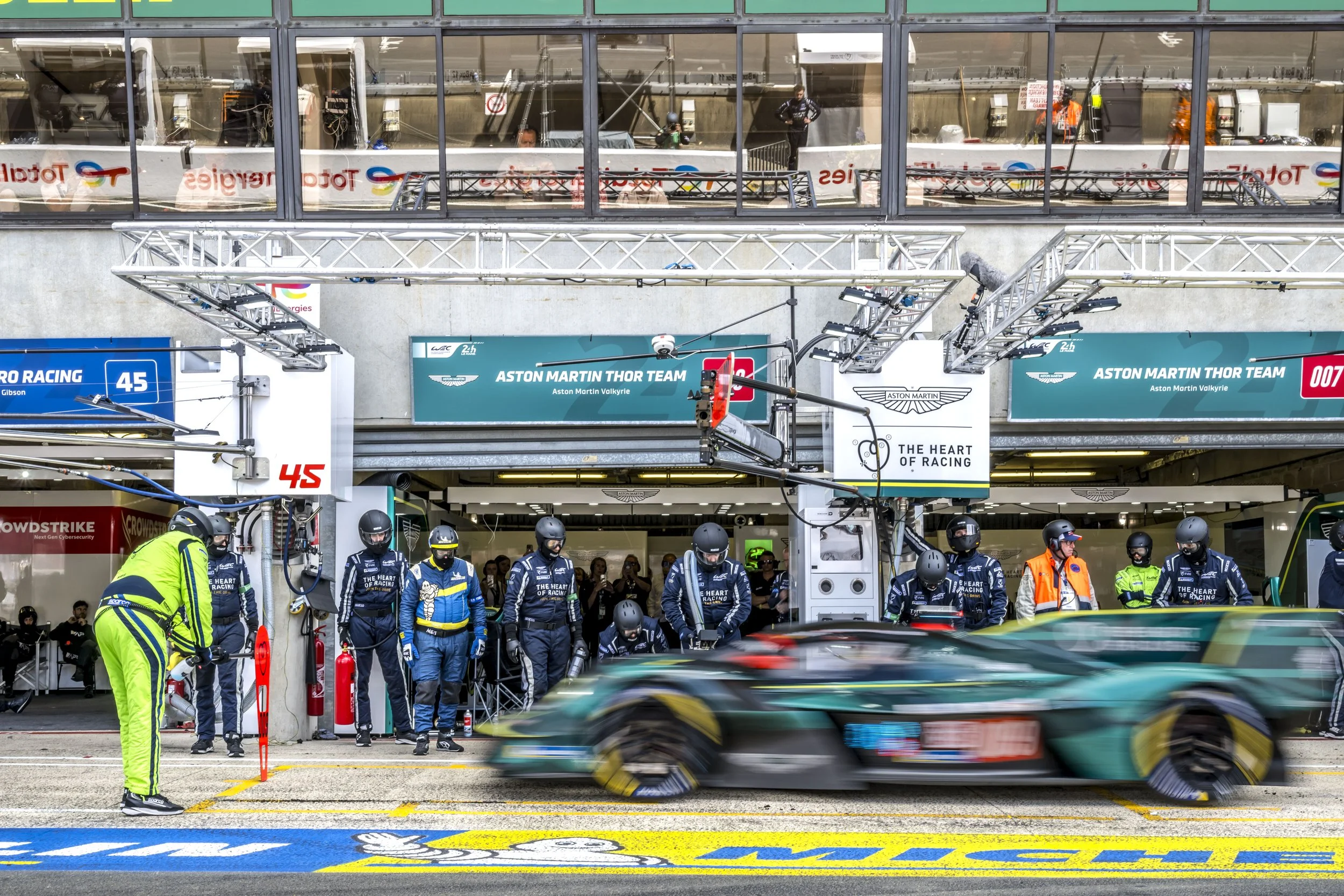


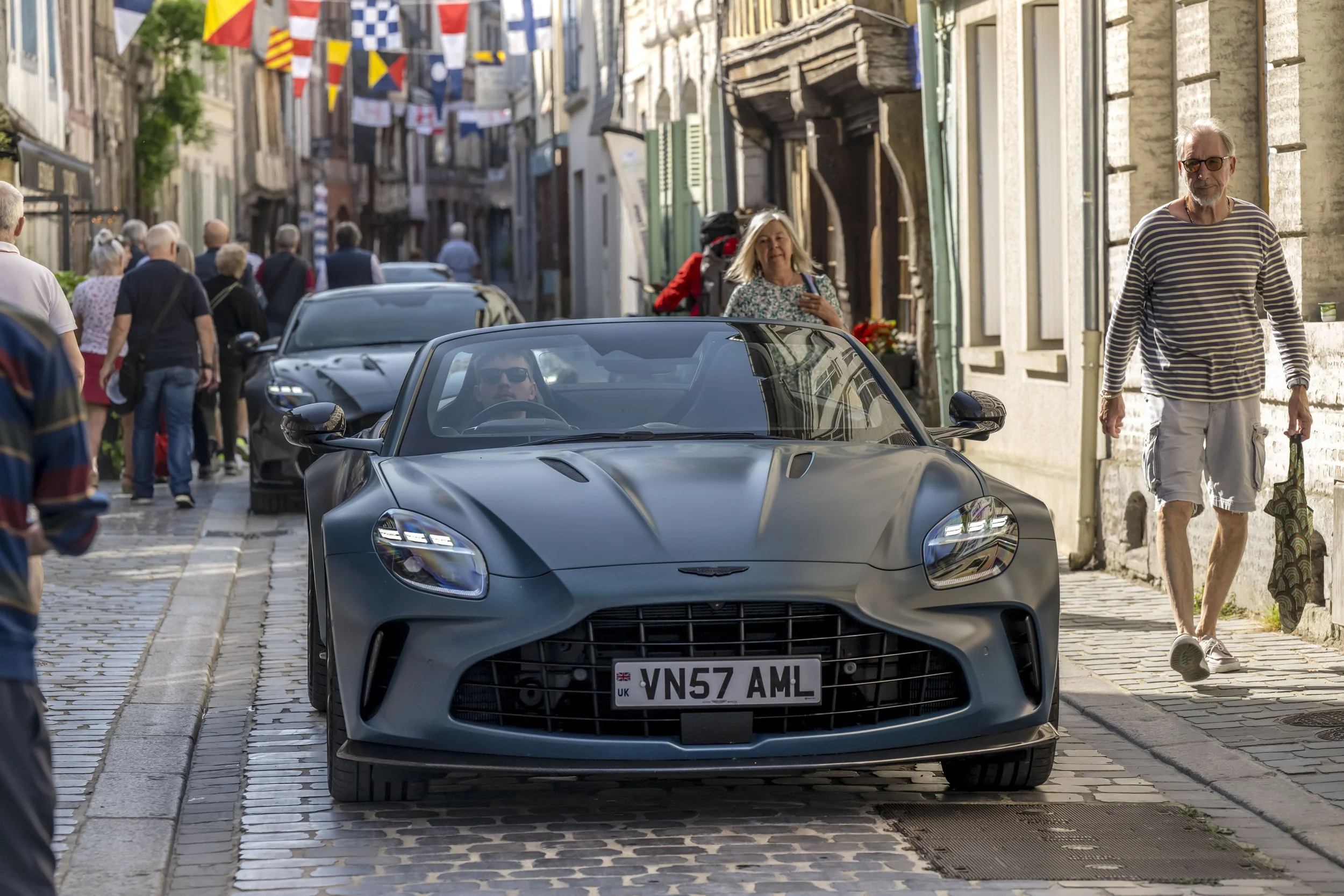
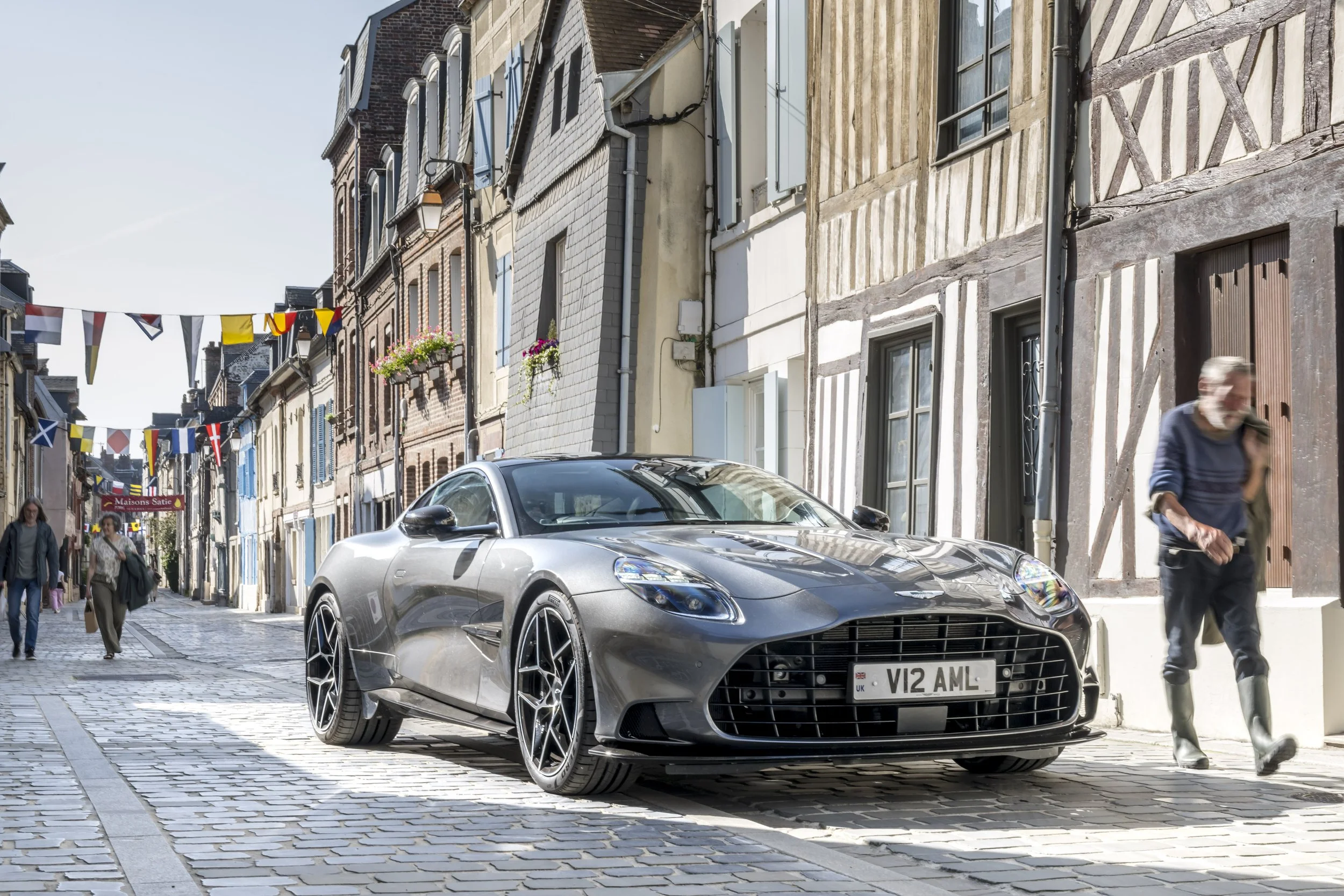
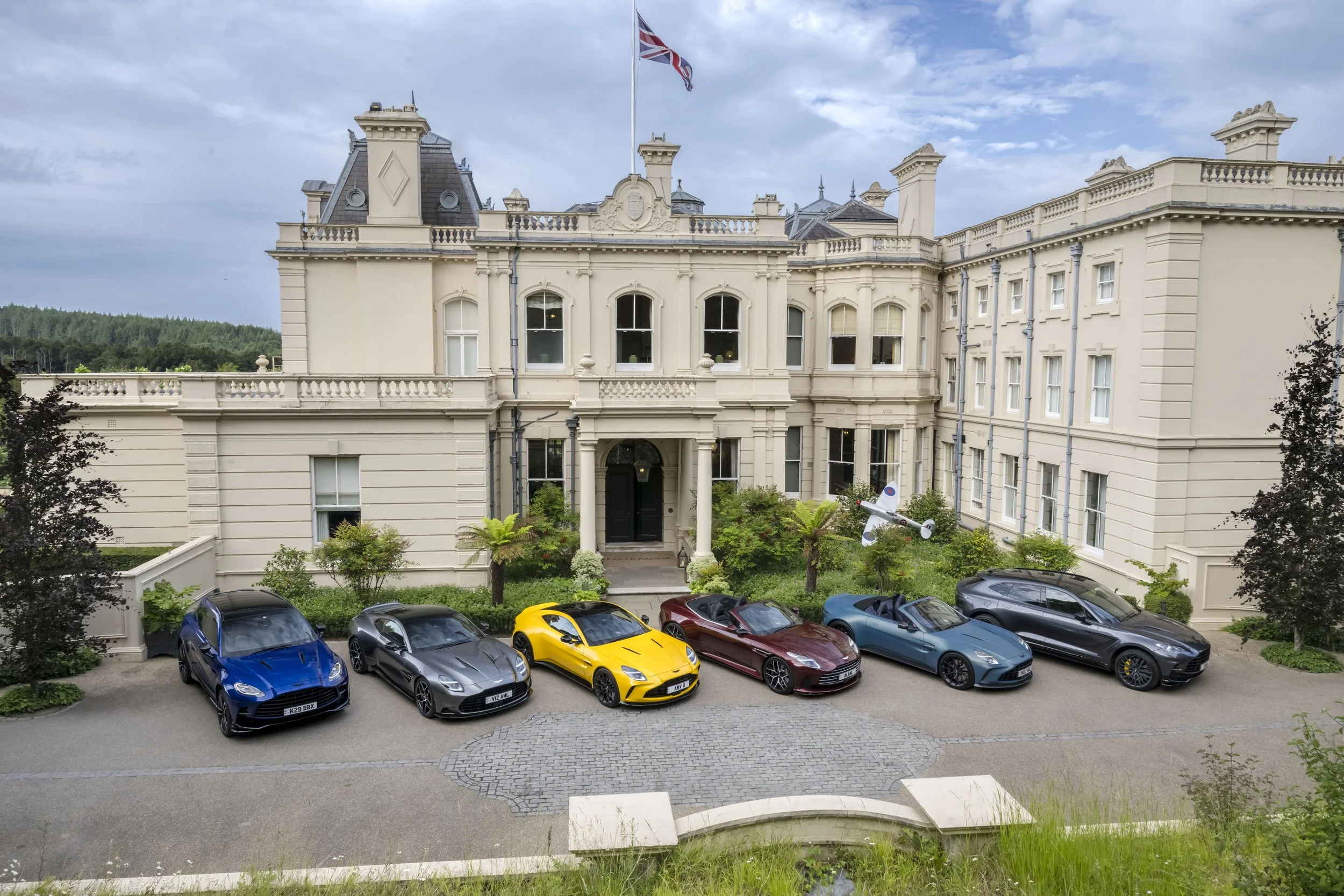



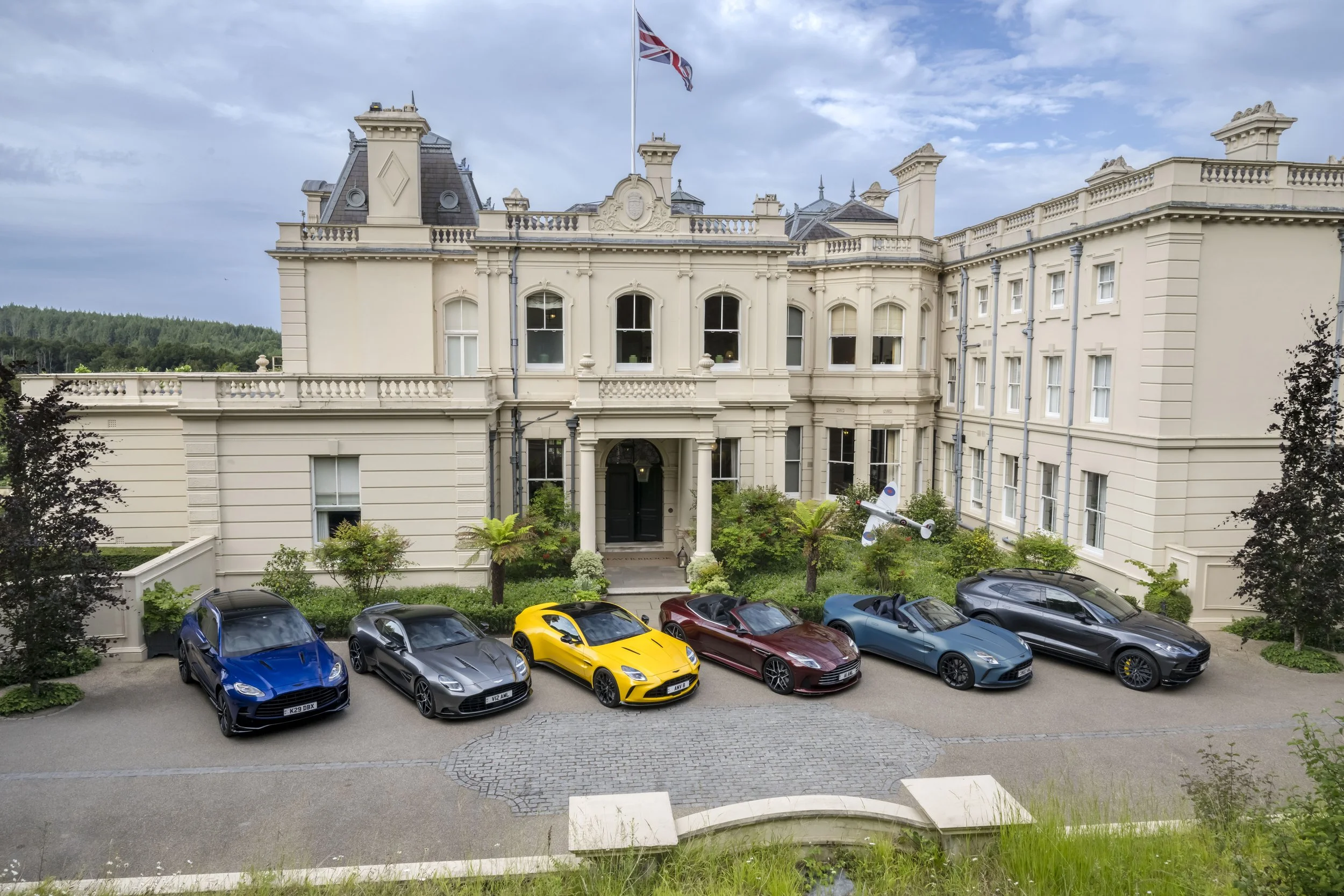



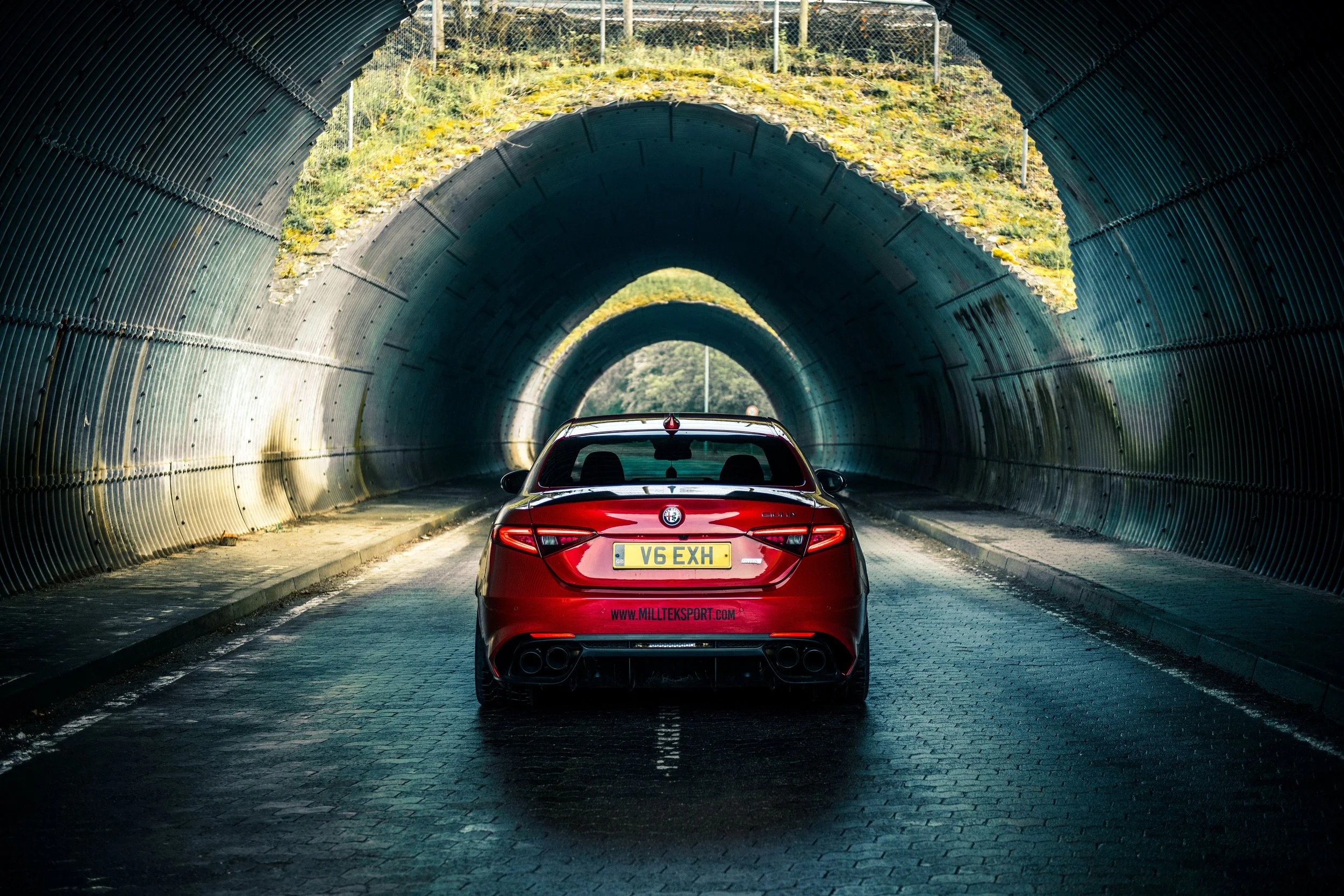

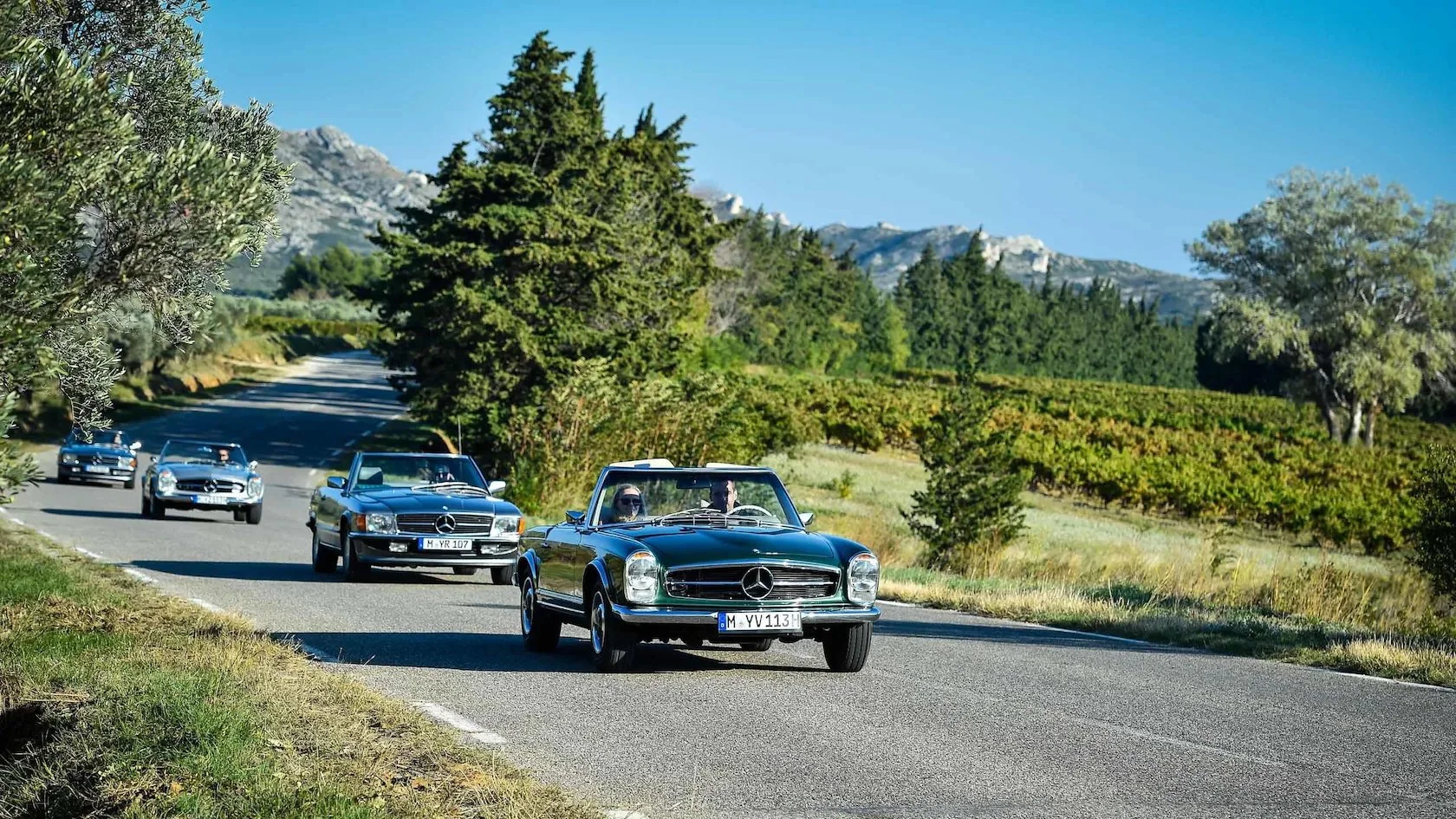
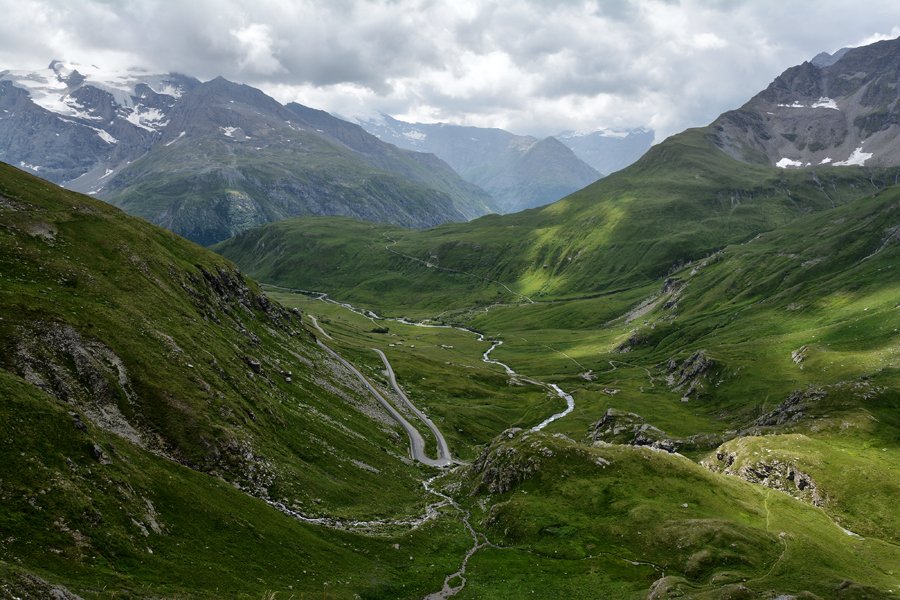



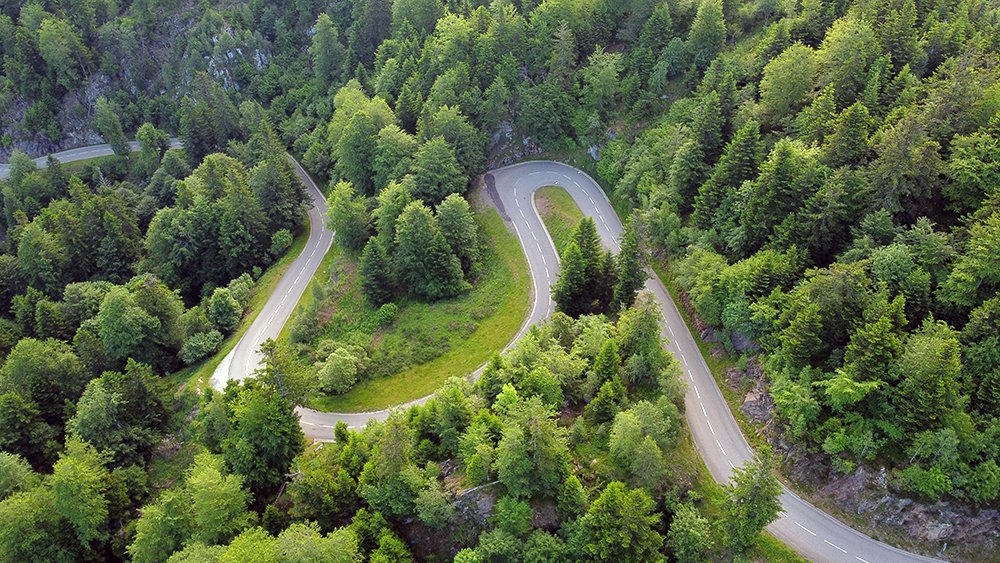

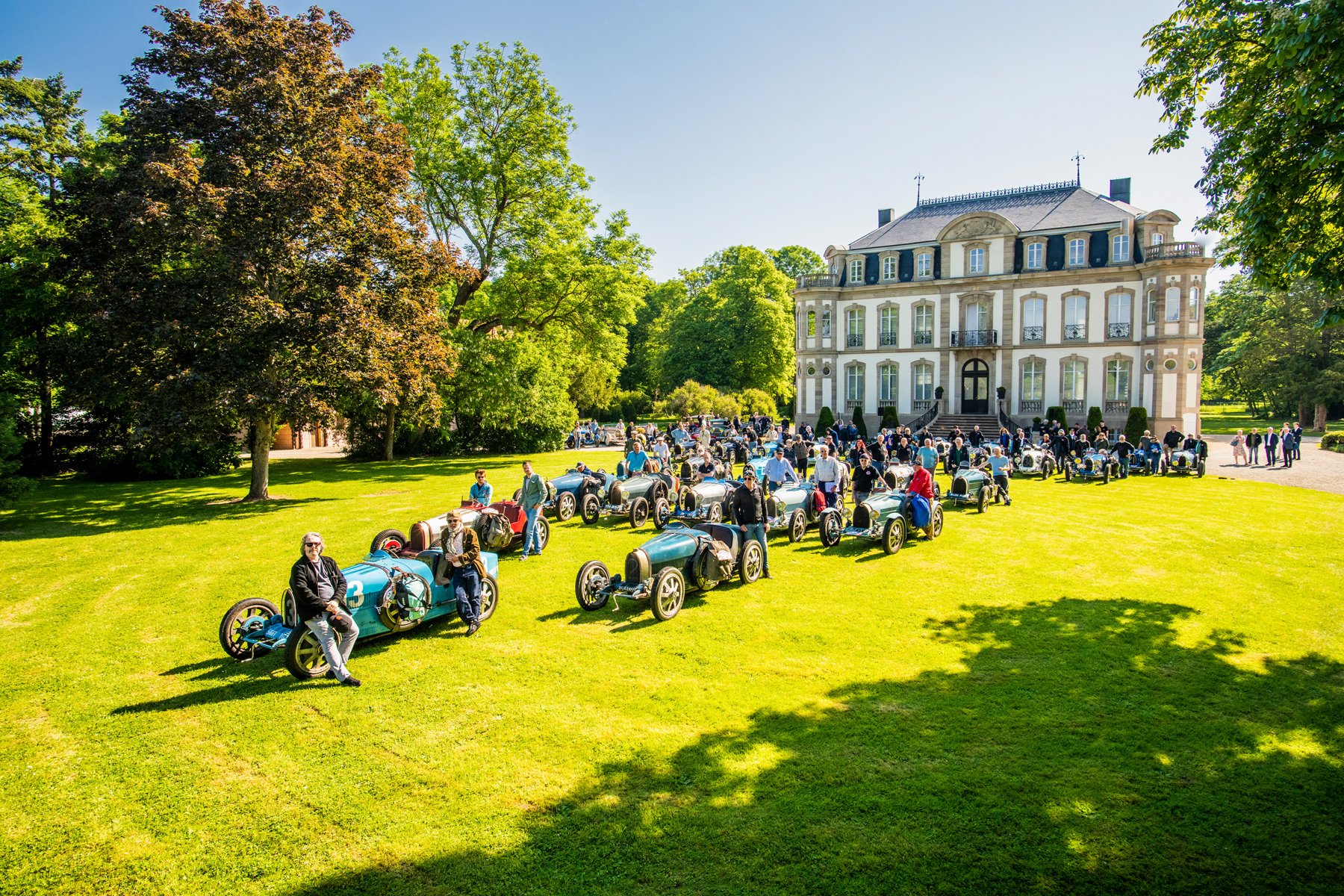





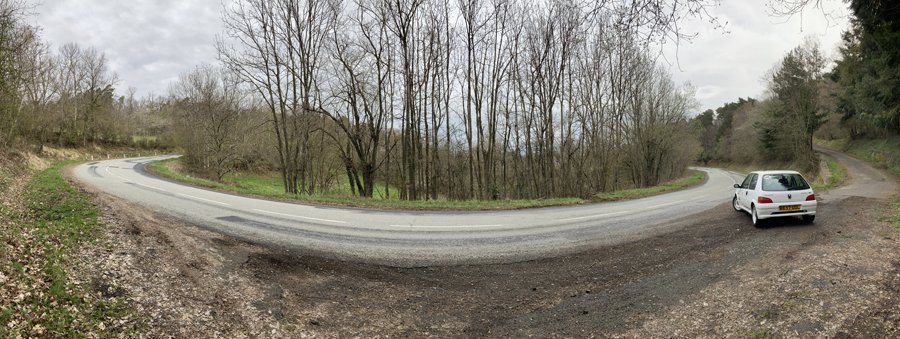


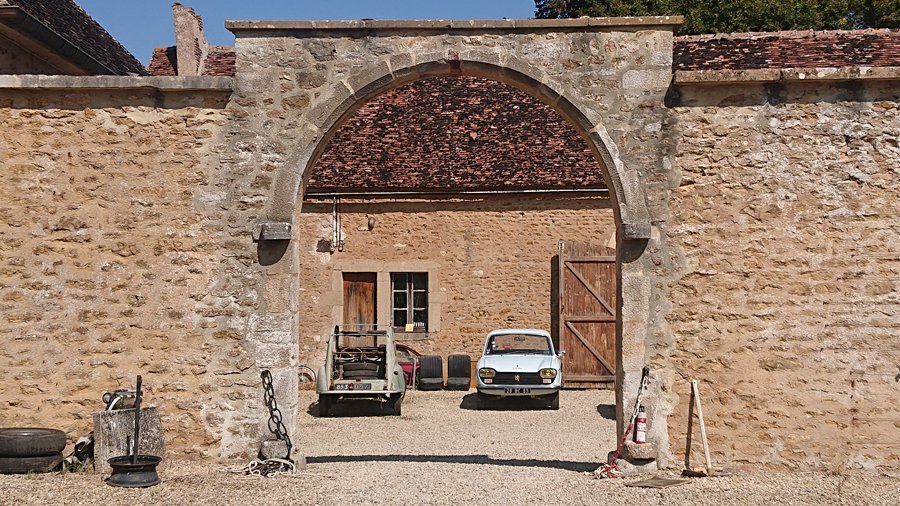








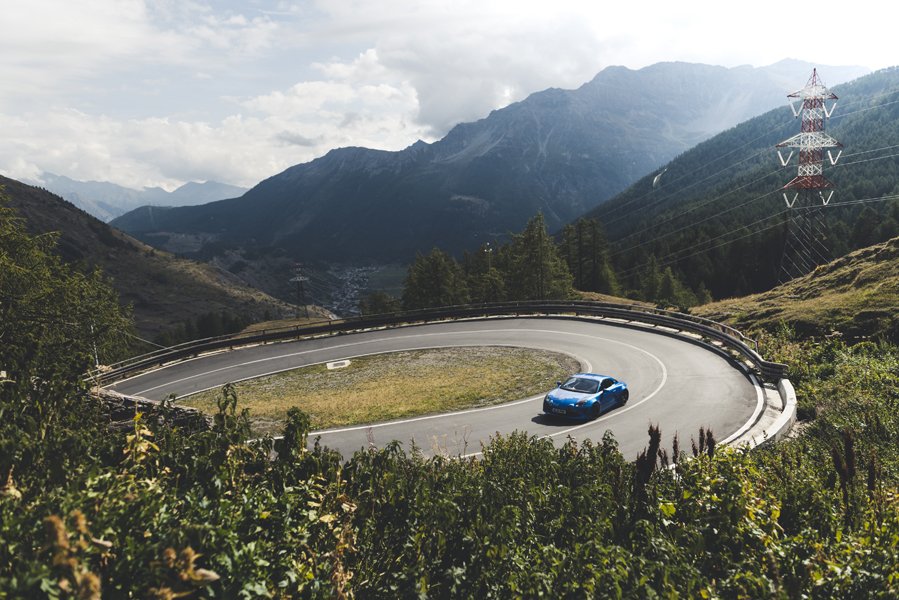
It’s the end of the road for 2025 and a chance to reflect on the best road trips of the year.